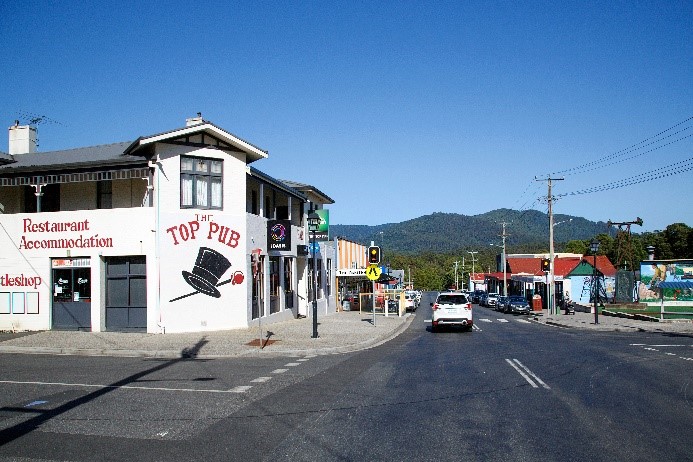Mine closure is not merely an end-point of mining. For local communities it is an important transition to a post-mining future in which social change continues long after a mine ceases to be productive.
- better understand how the social dimensions of mine closure are considered, understood and managed by the industry and its partners
- identify strategies for improving post-mining features for the communities in which mining takes place
- drive the integration of social dimensions in the planning and transition towards closure and beyond.
Forward planning and multi-stakeholder participation in decision-making are critical. A well-managed mine closure process can establish the basis for a sustainable post-mining future and create new opportunities, including for alternative industries and businesses, stronger livelihood and food security, acquisition of new labour skills, and reuse of mining infrastructure.
MMG Rosebery’s mine closure planning processes

Mine closure planning is a fundamental requirement for mining companies and the social aspects of mine closure are an important dimension of the planning process.
In what is considered the first longitudinal study of the social aspects of mine closure, CSRM researchers are using MMG Rosebery’s closure planning as a case study to develop and test a framework for evaluating the social dimensions of closure, including policy and practice performance indicators and critical success factors.
The project builds on work that CSRM has been undertaking with MMG Rosebery’s closure planning team since 2021 via community workshop facilitation (Town Transition Tool and visioning), dialogue training and research.
- The Rosebery mine in Tasmania is one of the oldest continually operating mines in Australia.
- It produces zinc, copper and lead concentrates, as well as gold and silver doré.
- It is a contributor to the local and state economy, provides over 500 regional jobs and engages a wide range of local businesses from across Tasmania in its supply chain.
Research team
- Community participation in mine closure planning processes
- Public disclosure of mine closures by listed South African mining companies
- Examining mine closure through the lens of industry social practitioners
- Woodlawn Mine site repurposing: Success factors, enablers and challenges
See full list of CSRM publications and reports
Community resource
See below for related resources.
